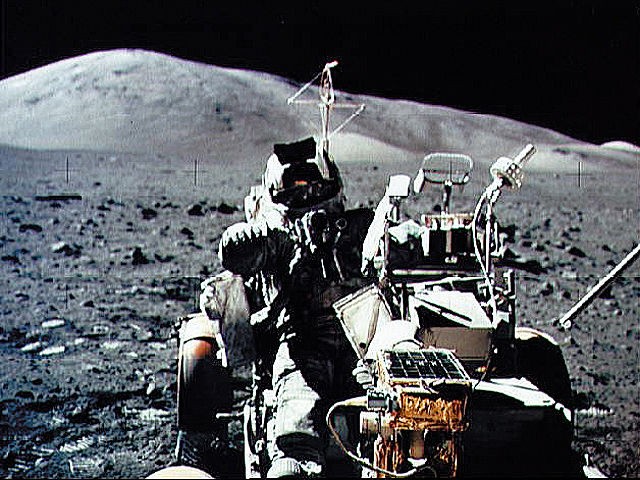Astronomers found the first known quadruple (technically a quaternary) asteroid containing three moons: 130 Elektra.
CNET said asteroid (130) Elektra already has two moons, but the third was discovered in Chile's data collected by the European Southern Observatory's Very Large Telescope.
Anthony Berdeu of Thailand's National Astronomical Research Institute created a new data-processing technique, which he used to reexamine Elektra observations from 2014.
Berdeu acted as the study's principal author, "First Observation of a Quadruple Asteroid," published in the journal Astronomy & Astrophysics.

Astronomers Find First Quadruple Asteroid System: 130 Elektra Explained
130 Elektra is the first quadruple asteroid system ever discovered, according to Science Alert.
Elektra is situated between Mars and Jupiter in the main asteroid belt of the solar system. Every 16.3 hours, the little moon orbits its parent.
Like many asteroids, Elektra is a lumpy potato with 260 x 200 x 164 kilometers. It's on a moderately elliptical orbit tilted by roughly 22 degrees relative to the solar system's plane.
The letter S for satellite, followed by the year it was found, the number of the parent asteroid in parentheses, and a sequential number indicating the order of discovery in that year, is the naming standard for asteroid moons.
Its first moon, S/2003 (130) 1, was discovered in 2003, 130 years after astronomers found it. Experts found its second moon, S/2014 (130) 1, in 2014.
S/2003 (130) 1 is just 6 kilometers in diameter and circles Elektra at a distance of roughly 1,300 kilometers; S/2014 (130) 1 is only 2 kilometers in diameter and orbits Elektra at a distance of around 500 kilometers.
S/2014 (130) 2 is the newest found moon, and it's even smaller and closer: only 1.6 kilometers wide with a 340-kilometer average orbital distance. Elektra is 15,000 times fainter than this.
How The Moons Formed
Observations with the massive Keck telescope in 2003 discovered the first satellite, roughly 6 kilometers big, and orbits Elektra at a distance of around 1,300 kilometers.
Berdeu and his colleagues ran archived data from the SPHERE instrument on the European Southern Observatory's Very Large Telescope through a newly constructed data reduction pipeline to efficiently remove noise from the raw data.
They also employed data processing methods to simulate and eliminate a halo or prolonged illumination surrounding the asteroid.
Elektra's small third moon surfaced after the data had gone through these procedures.
Despite the fact that the crew was able to collect some basic information about S/2014 (103) 2, there is still a lot of mystery surrounding its movements, Elektra.
Syfy said these moons most likely originated due to an asteroid colliding into Elektra's primary body, ejecting material that subsequently solidified to create the moons.
Because the orbits are all so diverse, it's possible that many hits formed them.
According to Science Alert, the two moons of an asteroid dubbed Kleopatra were likely produced from dust blasted by the parent body.
However, nobody knows how often this is compared to other creation procedures.
These might include pebbles being ejected after a collision or minor passing debris caught in the asteroid's gravitational field.
RELATED ARTICLE : NASA Says 2 More Giant Asteroids Will Pass By Earth This Month
Check out more news and information on Space in Science Times.
© 2025 ScienceTimes.com All rights reserved. Do not reproduce without permission. The window to the world of Science Times.












